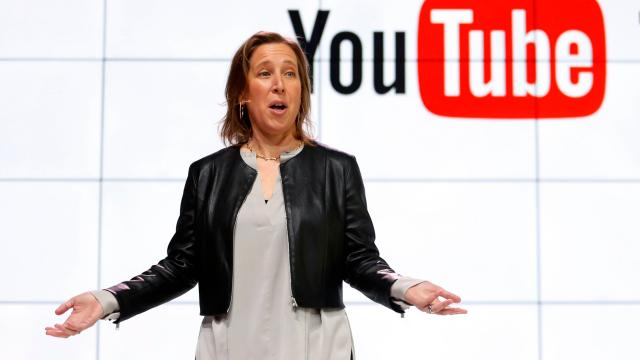This week, YouTube rolled out new guidelines for its verification requirements intended to reduce confusion and better highlight artists, celebs and other creators. However, after backlash from numerous YouTubers who got emails saying their channels would get un-verified, YouTube CEO Susan Wojcicki promised to reevaluate the company’s recently revamped policy.
On Twitter, Wojcicki said, “To our creators & users – I’m sorry for the frustration & hurt that we caused with our new approach to verification. While trying to make improvements, we missed the mark. As I write this, we’re working to address your concerns & we’ll have more updates soon.”
To our creators & users–I’m sorry for the frustration & hurt that we caused with our new approach to verification. While trying to make improvements, we missed the mark. As I write this, we’re working to address your concerns & we’ll have more updates soon.
— Susan Wojcicki (@SusanWojcicki) September 20, 2019
In YouTube’s original blog post, the company said that many users had recently begun to associate a verification checkmark as “an endorsement of content”, instead of simply being a way to confirm a YouTuber’s identity.
Previously, the main requirement for getting verified on YouTube was having a channel with more than 100,000 subscribers. However, for its new verification process, YouTube’s updated criteria was designed to prioritise “verifying prominent channels that have a clear need for proof of authenticity”.
Wtf @YouTube pic.twitter.com/WEmKNGf8Lv
— Brian Brushwood (@shwood) September 19, 2019
Unfortunately, following the update, YouTube began sending out notices such as the one above, saying that as part of the change certain channels no longer met YouTube’s criteria, and would be losing their verification status sometime in the future.
While a later update to YouTube’s blog post confirmed that no channel had lost its verification just yet, the whole chain of events left many content creators baffled at the opaque nature of YouTube’s new verification process.
For example, Brian Brushwood is the owner of two YouTube channels that were potentially scheduled to be unverified, one with around one million subs and another with two million subs, the latter of which has been around for over nine years. After that much time, it seems incredibly strange for YouTube to remove his verification.
And without any insight as to why they were being penalised, many YouTubers were forced to try to appeal YouTube’s decision.
With Twitter having suspended its verification process back in 2017 for similar reasons, YouTube’s latest flub calls into question the entire point of verification on social media.
And with YouTube having previously come under fire for directing users to extremist content and encouraging paedophiles to watch videos of children playing, YouTube’s latest uproar over verification feels like another issue in a long string of unforced errors.
